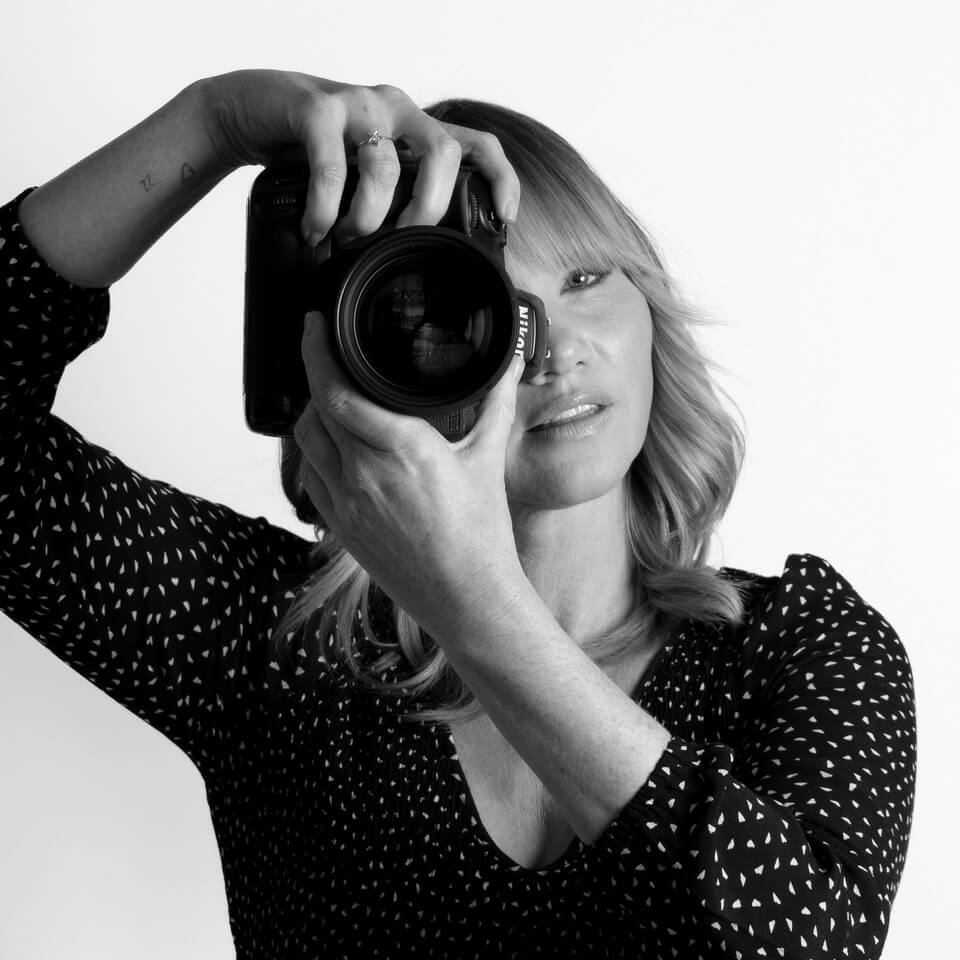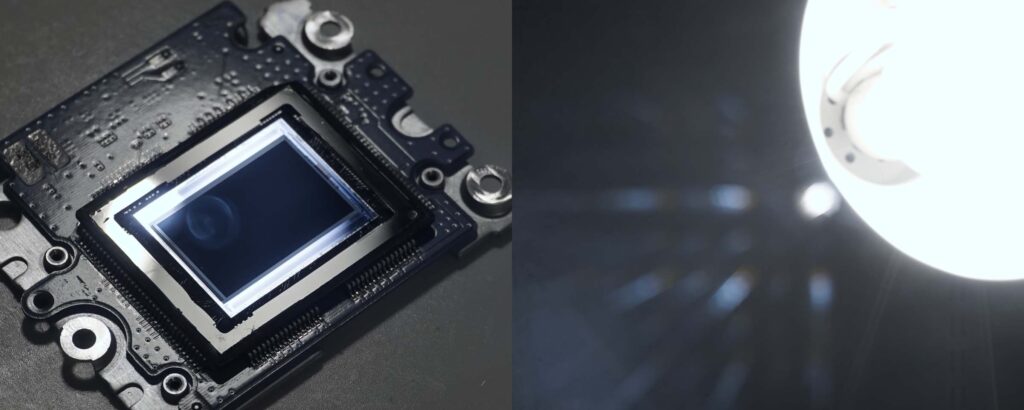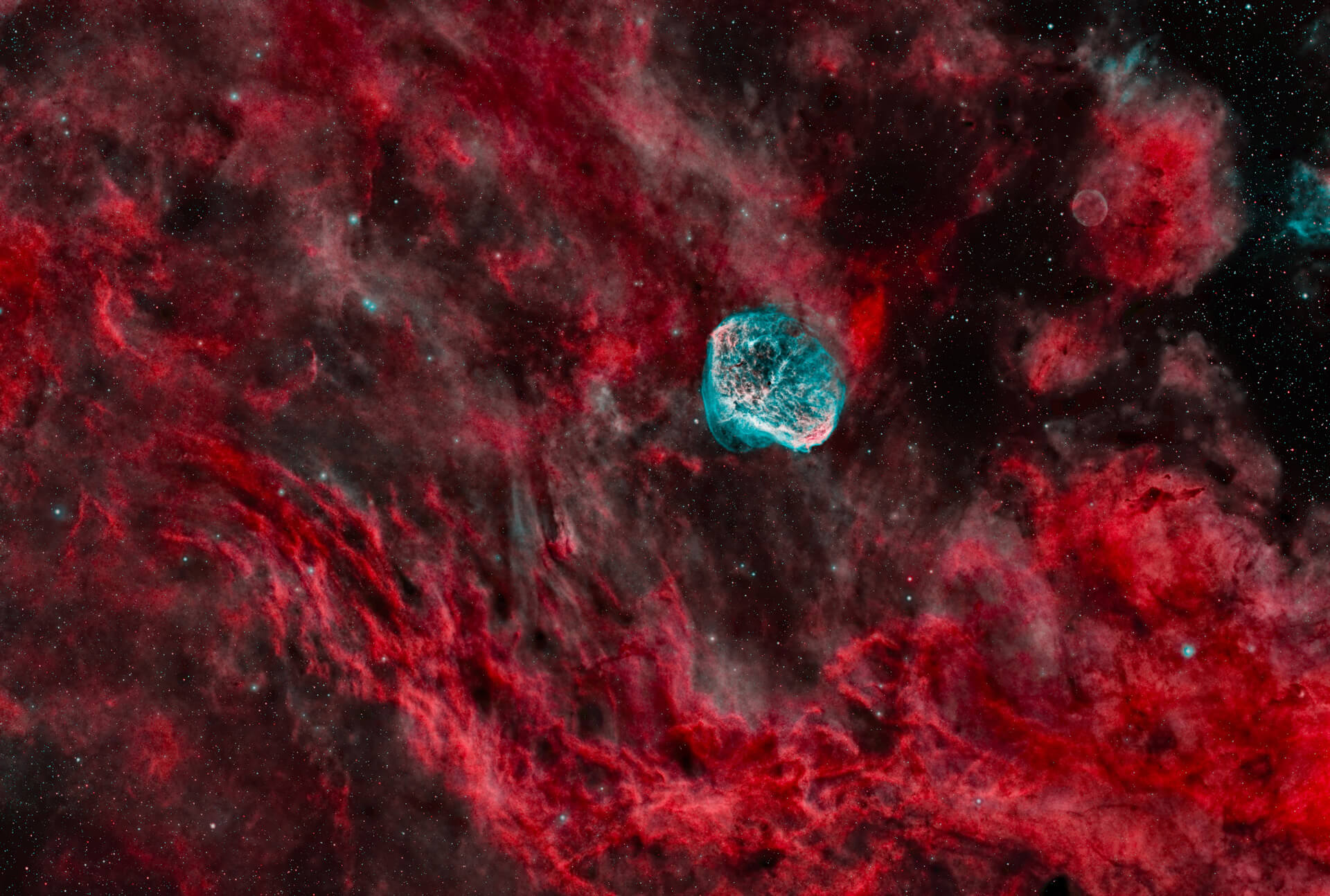Live music photography is by far one of the most exciting and dynamic areas of photography that I capture. There is something incredibly thrilling about having a limited amount of time to try and capture the energy and atmosphere of a live concert in all its glory. From huge stage sets and lighting design to smaller, more intimate gigs and shows, you never know what you will walk into on any given day. This is undoubtedly one of the main reasons so many people love concert photography.
Having been around plenty of live music photographers for most of my career, I have seen a vast range of work and outcomes for concert photography, and this article is just the tip of the iceberg when it comes to image-making at concerts. There is no right or wrong way to approach it. However, I’ve learned a few important things over the years, and this list of tips and tricks will help point you in the right direction if you are considering adding concert photography to your portfolio of work.
1. Get lots of practice shooting in low light
As a concert photographer, you will be shooting low-lit scenes almost exclusively and without flash. Occasionally, you might capture an outdoor/daylight concert, but you’re mostly dealing with dark rooms and artificially lit venues. Mastering low-light photography is an essential skill for concert photography. You can get practice in capturing low-light scenes by taking your camera out to local bars and capturing musicians as they play. Just ensure you have permission to use your camera in the venue first, and never use flash.

The low-light scenes of concerts can be challenging, and there can be a considerable variety in the lighting quality. Some artists will have huge lighting rigs and designs, while others will use smaller lighting setups and may be poorly lit. This is where your ability to expose and compensate for poor lighting accurately becomes hugely important in the outcome of your images. Some scenes will require you to push your camera’s ISO to gain light, whereas others will require you to think on your feet in constantly changing lighting conditions such as strobe.
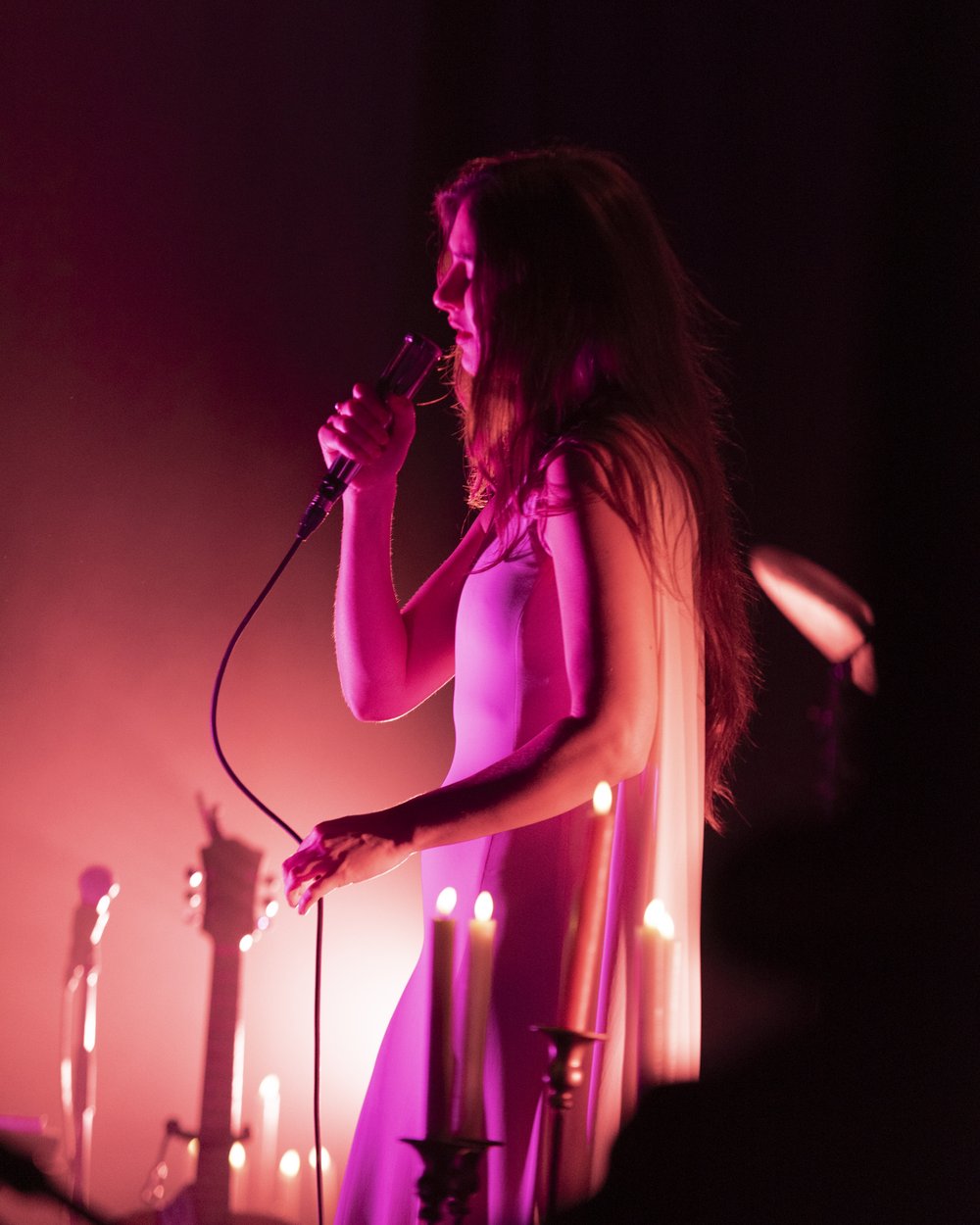
What is important to remember here is that you will need a fast lens with an ideal aperture of f2.8 or larger. Low-light scenes need as much light to hit your camera sensor as possible. Given the fast pace of live music conditions and the movement of artists on stage, you need to work with your lens and shutter speed combination in the best way possible before resorting to bumping up your ISO (which will be necessary in these environments). Selecting a fast lens with a large aperture will give you the best starting point for capturing light and will allow greater flexibility when lighting conditions change.
2. Make sure to cover the entire band, not only the front person
When first starting as a concert photographer, it is tempting to capture the front person primarily, and while this is important, so is the rest of the band and the entire stage. A little-known fact about concert photography is that most photographers are given only three songs at the beginning or end of a set to capture the show. Therefore, it can be a pressured environment to try and capture everything, and many photographers get caught up with capturing the front person only. I, too, have made that mistake in the past and continue to work on this at every gig I capture.

When you are permitted to capture a concert, it’s good to make a list of what you need to cover. You could also divide this into the three songs you are given to capture. For example, use the first song to focus on the front person, the second to shoot wide stage action and crowd interaction, and the third to focus on individual band members and more intimate moments. Oftentimes, photographers are given permission to shoot “from the pit” for the first three songs but have roaming access to the rest of the room for the entire show, so this is where you can focus on the full room, venue, and crowd shots to round out the set of images.

When you capture a concert, you will almost always share “the pit” with other photographers. It’s essential to consider this for several reasons; not only do you need to be respectful of your colleagues and share the space with them, allowing everyone an equal opportunity to capture good images, but you should also think about how you can capture different images than these photographers, as there is no point in everyone having the same photos. Try working from different angles and heights, and use the pit space to your advantage by using different lenses (I work with two camera bodies at concerts, so I don’t have to change lenses on the go).
3. Think creatively on your feet
It’s quite important when shooting live music to think creatively. Sometimes, you will capture artists with an exciting and dynamic show with many elements to cover. Other times, you might shoot a solo artist who stands in front of a mic and doesn’t move for the entire set. This is where you have to start thinking creatively as to how you might be able to capture something a little different. When an artist doesn’t move a great deal or is a little more subdued in their performance, I think about bringing in creative techniques to liven up the image.


Once you have captured basic frames of the artist, you could try experimenting with things like shutter drag to introduce movement, double exposures, and even using fractals, prisms, and star filters to liven up the scene. In these situations, I also start thinking more documentary-like and hone in on details like facial expression, wardrobe or costume, instruments, and other things that create the scene in front of me. There is never really any reason to keep shooting the same frame repeatedly when an artist isn’t overly dynamic on stage. You can always shift your focus to elements that capture the entire scene and story of the performance.
4. Burst mode and AF are your friends but try not to overshoot
Once you have mastered your settings for a concert, don’t be afraid to use burst mode and autofocus while you capture. There is zero predictability with live shows—not only is the lighting and scene ever-changing, but the artist will very likely be in motion for the duration of the set, making it near impossible to use manual focus when you’re on a time limit of three songs. Using your camera in burst mode will ensure that you freeze exciting moments of action as they happen, representing the show’s dynamism. Similarly, most modern cameras have incredible autofocus modes that allow you to track the subject while you shoot, so there’s no missing focus on key moments.


One thing to note here is that, while using these modes, it is incredibly tempting and easy to overshoot. This makes your culling and editing job at the end of the show much harder and slower. I’ve found that it’s best to be an observer through the lens at a gig—always looking and tracking the subject through the viewfinder but only hitting the shutter when you see something exciting or interesting happen. This ensures you haven’t missed the moments you want to capture by continuously firing away at something else.
5. Editing is everything
When it comes to concert photography, editing is everything. Generally speaking, most concert photography is geared toward a bright, colourful, high-contrast look with strong blacks. This editing style is preferred because it gives the scene a dynamic and “big” feeling. While trends come and go in editing styles, it’s important to consider that when delivering images for a band or artist, you may not be able to stray too far from an accurate scene representation. While some artists will appreciate the creativity, delivering at least some frames that are true to what was witnessed on stage is important.
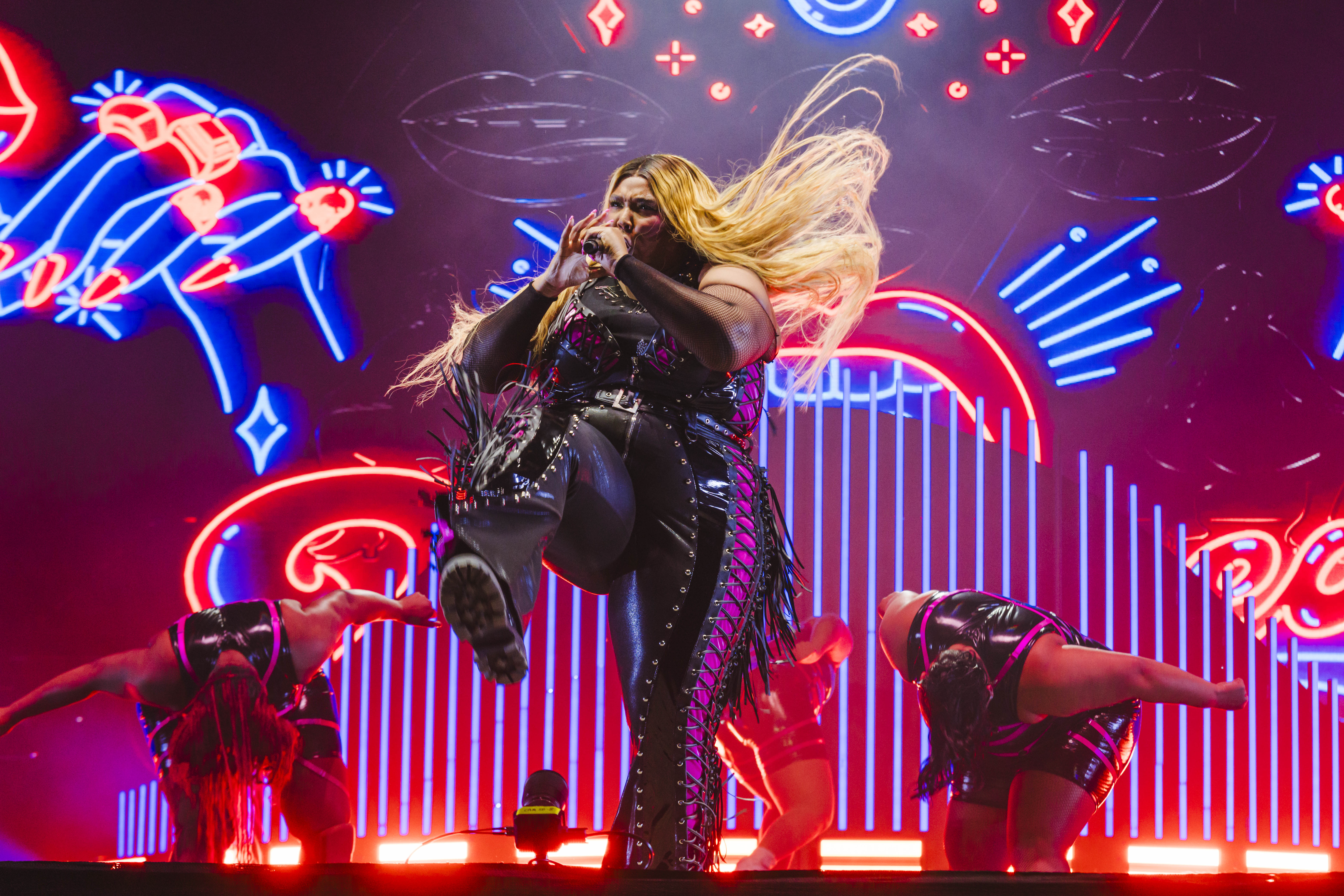
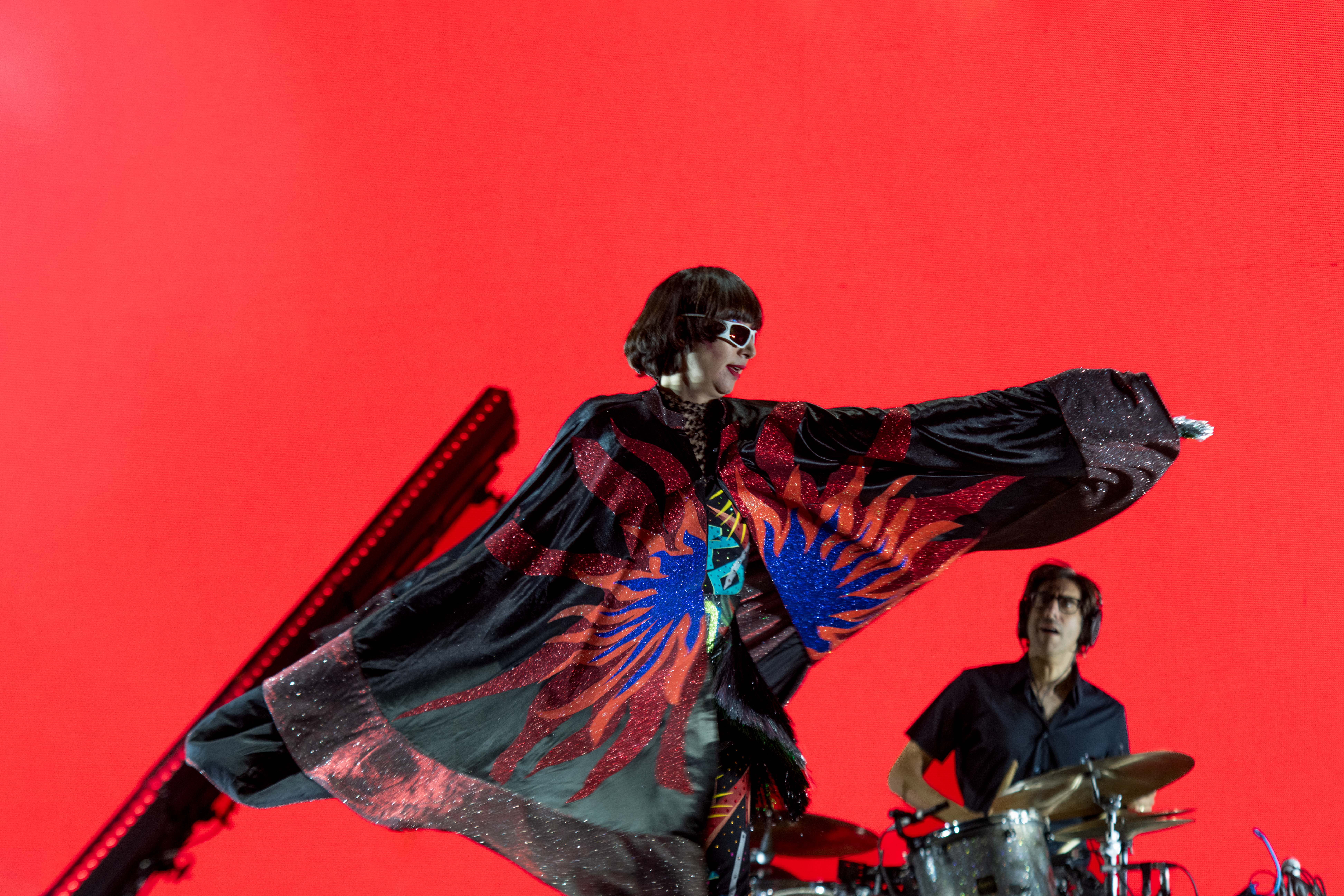
Additionally, most of the scenes you will capture will have some noise. This is unavoidable, given the low-light conditions you’ll be shooting in most of the time. While there are now incredible ways to reduce the noise in an image, it’s important not to rely on these tools and overuse them as they can make the scene look unrealistic and overly smooth.
There are many tips and tricks for editing concert photography, but as you begin, the best approach is to consider the scene and edit with an honest eye that makes the most of the lighting conditions. What this means is that if the scene is blue, don’t decide to turn it pink unless you’re going for a very stylised outcome. The lighting for a concert has been specifically designed for a reason, and interfering with this in the editing process can sometimes misrepresent the scene. The rule of thumb would be to provide most images as they are captured and then make some selects to deliver with a more creative edit or in black and white.

A final note
Shooting concerts and live music is an exciting and challenging form of photography. You will always be walking into a different scene every time you shoot, which makes it such a thrilling genre of photography. To capture the best possible frames of a concert, you must think about the entire process before you begin, as the time on the ground to capture is limited and pressured. You will also be sharing that time on the ground with other photographers looking to capture the same show, so it helps to have put some prior thought into what images you want to make before you walk into the venue.
One of the most essential qualities of a concert photographer is to have flexibility and preparedness. Be prepared to move, get creative, adjust, and work fast and on the fly. Make sure you capture close shots, detail, wide stage, crowd, and room from different angles as you work. Varied imaging of the scene will always be more representative of a concert than lots of photos of the front person.
Lastly, get excited about where concert photography might take you. Mastering low-light photography has been one of my greatest assets as a photographer. By beginning with concert photography, I have since branched out into shooting live theatre and the performing arts, which offer similar scenes and environments to capture. Innumerable pathways can open up as a concert photographer, some of which offer incredible opportunities to travel and work with artists and bands directly as a tour photographer.
Ultimately, concert photography offers a photographer the opportunity to develop and master a unique and always in-demand skill set that will always require the human element. This is a hugely encouraging thing to think about as we move forward in an ever-changing world of image-making, as it is a career choice that offers variety and longevity.
Author Bio:
Jade Ferguson is a Brisbane, Australia-based photographer who applies a fine art approach to the subjects she shoots. As an early-career photographer, her work attempts to create an emotionally visceral experience for the viewer by capturing the unseen. She works with film and digital formats; her subjects cover portraiture, performing arts, and a developing personal art practise. She is currently an undergraduate at Griffith University, Queensland College of Art, studying for a Bachelor of Visual Art.
